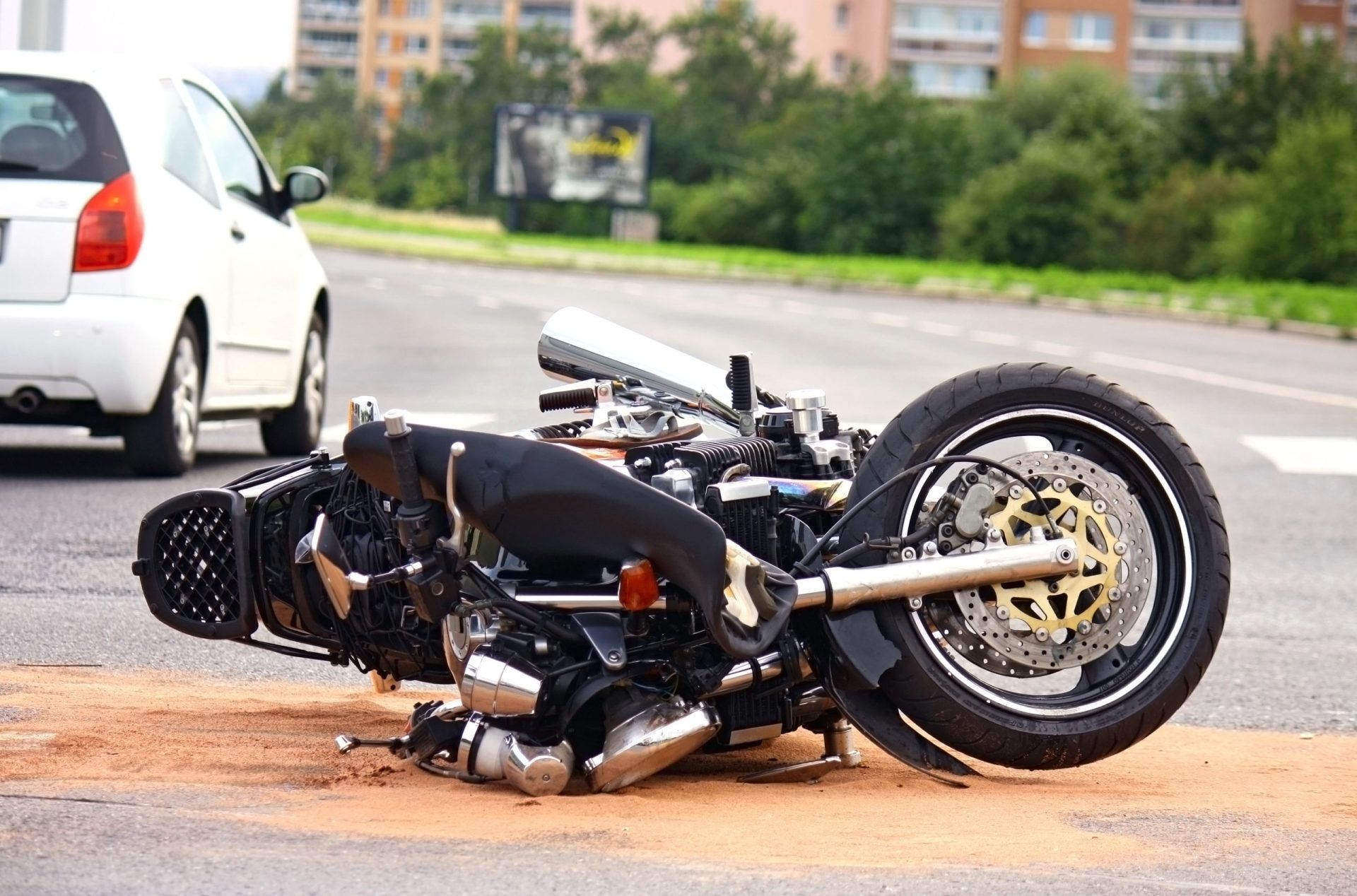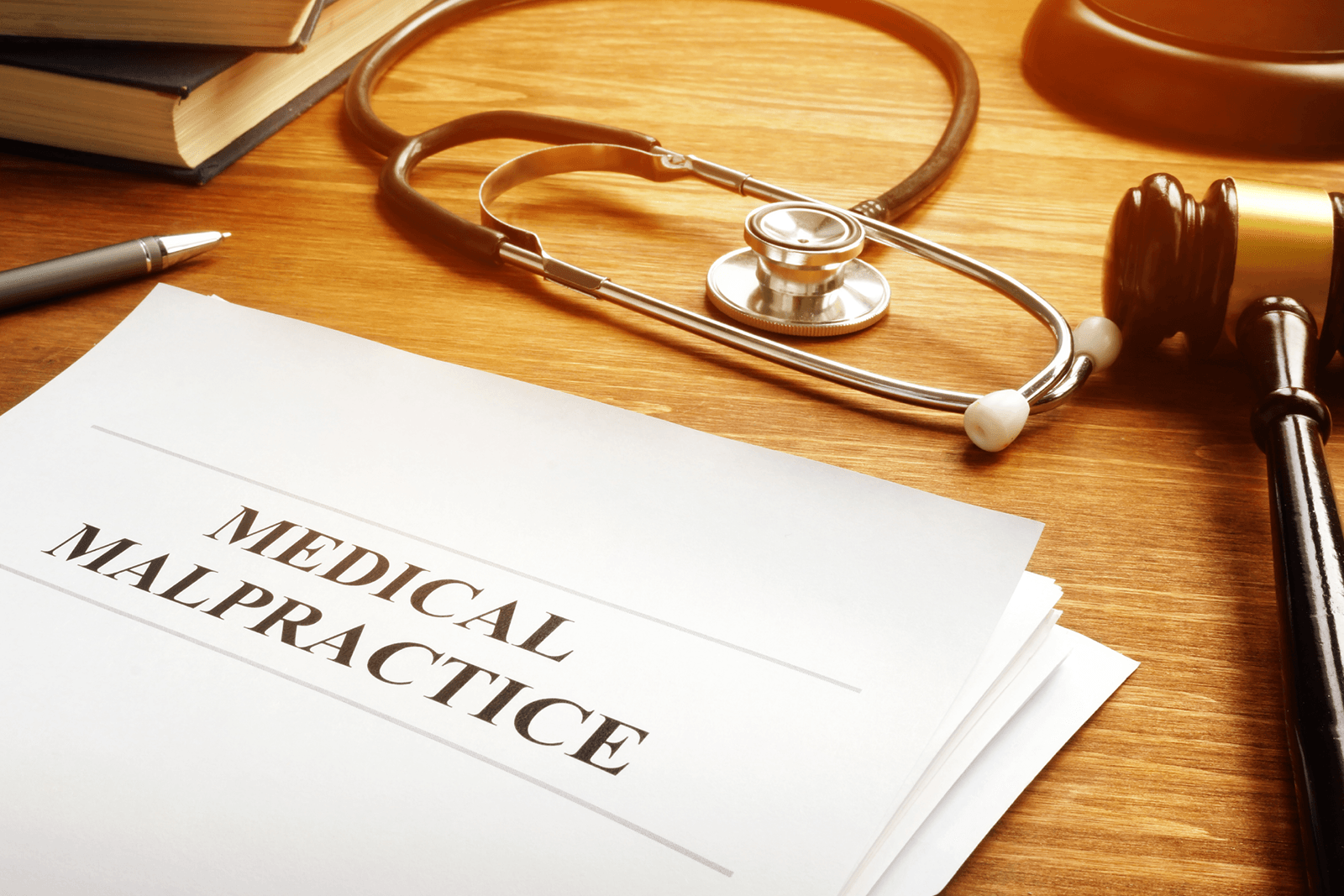When to Seek a Trucking Accident Attorney
The fear of colliding with a large truck is justified. If sharing the road with these vehicles scares you, it should. While any vehicle collision can have devastating effects, in a trucking accident, the damage is multiplied. Both physical and property damage is much worse due to the huge difference in weight between passenger vehicles and commercial trucks. The family sedan or even SUV is no match for these huge vehicles, so anytime you are involved in a traffic incident with one, you will come out on the losing end.
The statistics are frightening. In 2017, over 4,761 people were killed in large truck accidents, with the vast majority of victims being those in the other involved vehicle. Thousands more were seriously injured, including the truck drivers themselves. When you are involved in an accident with a large truck, chances are you will suffer some injury and your own vehicle may well be destroyed. Hiring a personal injury attorney might be the only way to get the financial relief you need.
INJURIES
If you suffer a significant injury during a truck collision, you should definitely seek the advice of an attorney. You cannot trust the insurance companies to take your long-term and short-term medical needs into consideration. An accident with a commercial truck can easily cause a traumatic brain injury (TBI), leading to cognitive issues such as memory loss and attention difficulties. Recovering from this type of injury can easily be a lifelong process, one that can affect your ability to earn a living and participate in normal daily activities.
A truck collision can also lead to bone fractures, another injury that can compromise your quality of life for the long term. Even soft tissue injuries such as neck sprains (whiplash), can cause chronic pain and loss of mobility. All of these injuries are commonly associated with traffic accidents, particularly those involving big trucks. Even so-called minor injuries may result in long-term physical problems that are not always immediately apparent. That’s why it is always wise to consult an attorney after these types of accidents.
INSURANCE COMPANY TACTICS
Insurance companies are in business to make money. As a result, they will attempt to settle for the absolute minimum amount of money possible. Unless you are personally well-versed in the law, you can be taken advantage of by these companies. For instance, the insurance company may try to assign the accident fault to you when you thought you were clearly the victim. Illinois is a comparative fault state, so even if the truck driver was making a too-wide turn, their insurance company might say that you were following too closely and are 50% to blame. Such a finding would greatly reduce the amount of any settlement you receive. Some common problems with insurance companies include:
- Incomplete investigations – they may render a judgment without launching an in-person investigation.
- Misrepresenting the law – Some companies use their “authority” to mislead people about the law.
- Denial of valid claims – Some companies deny claims multiple times hoping the victim simply gives up.
- Threatening claimants – Some truly bad companies may pressure you to drop your claims or face legal action from them.
Insurance companies are unlikely to pursue these strategies when you have proper legal representation. They save their tactics for people who are inexperienced when it comes to the law.
A skilled personal injury attorney knows how much compensation you should receive and understands the methods used by insurance companies to reduce their payouts. They know how to properly gather documentation of your injuries, your medical bills and your pain and suffering in order to negotiate a fair financial settlement. And in the event that a lawsuit is necessary, they will file it for you and take it all the way to court if they need to.
RECOVERY
As an accident victim, you need time to concentrate on your recovery. Trying to negotiate a settlement on your own is stressful and time-consuming. As a result, you may be tempted to settle for less than you should simply to get the process completed. When you hire the right law firm, they will manage the case for you. You will be freed from dealing with all the details and paperwork so you can heal in peace. In addition, when you hire the right law firm, you can count on getting the type of settlement that you need. In Illinois, WG Law Group is the firm you need.
WG LAW GROUP
After a collision with a large truck, you may be seriously injured and consumed by medical bills and loss of income. Although you might be used to managing your own affairs, it’s wise to put your case in the hands of the excellent personal injury lawyers at WG Law Group. They understand the complexities of motor vehicle accidents, including those involving large commercial trucks. They also have years of experience in dealing with insurance companies that want to pay out less than you should receive. They cut through the red tape and deliver the best settlement possible.
At WG Law Group, your individual needs are taken into account. They study your case closely and explain all the details to you. WG offers you a free consultation so that you understand the legal process and the strength of your case. If finances are tight, you don’t have to worry. The firm will not charge you a thing until they secure a settlement for you. If you’ve been involved in a large truck accident, you need legal help. Contact WG Law Group today by calling 312-334-6875 for the Michigan Avenue location or 815-730-7535 to reach the Shorewood office. No one should face insurance company red tape alone.
The content of this blog is intended for informational purposes only and does not constitute or establish an attorney-client relationship, nor constitute legal advice. If you wish to discuss any further aspect of the material contained herein, please contact an attorney at Whiteside & Goldberg, Ltd.





